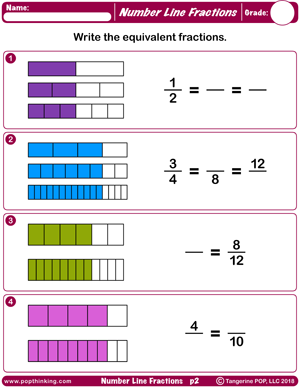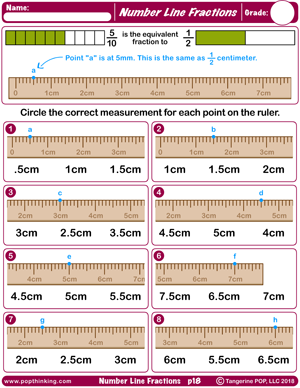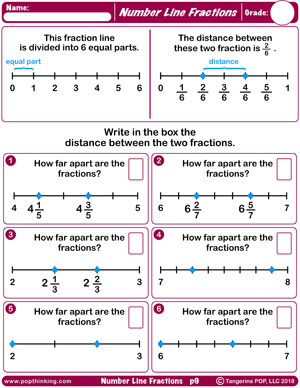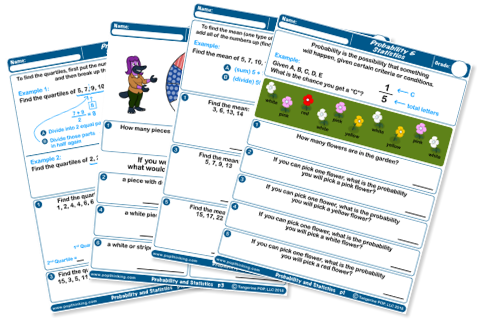
This probability/statistics pack could be introduced as early as 3rd grade and taught through grade 6. In this pack, students will begin by looking at basic probability and their connections to fractions. It will then develop the certainty of something happening or the option of impossibility. These concepts will be looked at by using: flowers, spinners, months of the year, and playing cards. The next few pages will allow students to see how to chart combinations and calculate the probability of events occurring.
The second part of this pack will ask students to learn about: mean, median, mode, range, quartiles, interquartile range, and mean absolute deviation. These skills each have their own pages, examples, and practice problems. The pack finishes up by allowing for some overall statistics review and a chance for students to check for understanding.
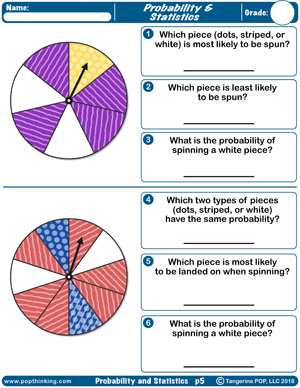
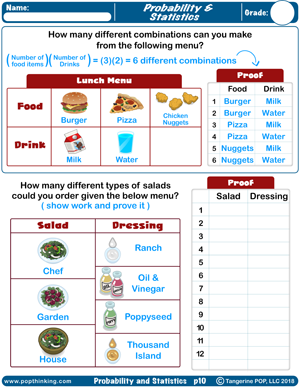
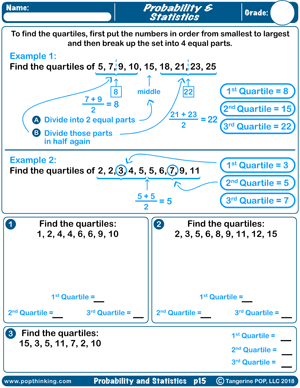
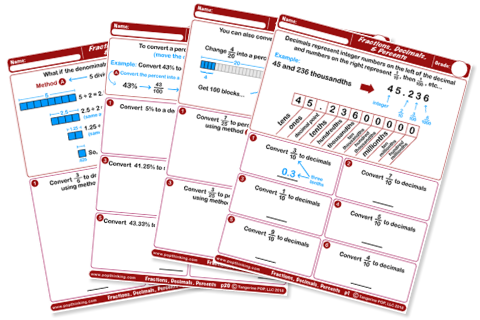
This fraction, decimal, and percent pack could be introduced as early as 3rd grade, but is designed as a 4th grade level packet. In this pack, students will continue developing the connection between parts of a whole and the connections between picture fractions and number line fractions.
Next, it will provide an opportunity for students to begin seeing the connections between fractions and decimals. Finally, this pack will ask students to convert from fractions and decimals into percent and from percent back into fraction and decimals. The last pages allow for a basic mixed review of the concepts learned. There are challenge problems provided on many of the pages.
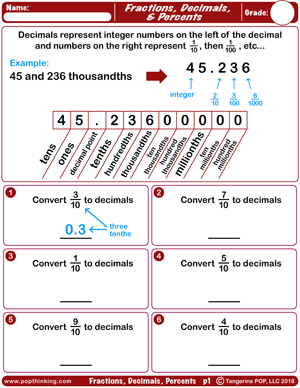
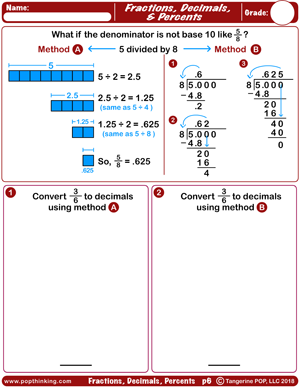
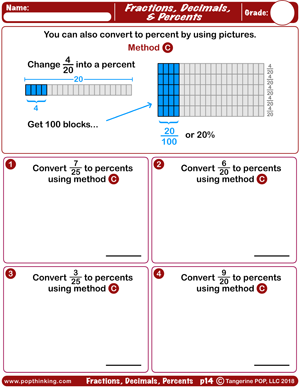
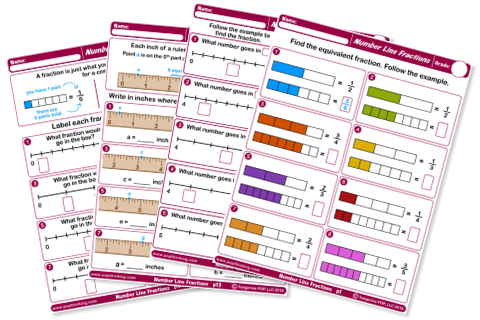
Fractions are the first place student performance begins to drop and math begins to become “difficult”. We designed this packet to allow for an easier transition into these topics with many practice pages and easy to follow directions. This Number Line Fractions pack could be introduced in 3rd or 4th grade. In this pack, students will:
begin to develop the connection between picture fractions and number lines
equivalent fractions
basic introduction to subtraction and multiplication of fractions
8 pages of reading rulers ( 1/8 inch, 1/16 inch, and metrics).
One skill many students need more practice in is reading (interpreting) rulers, so we decided to make this a large portion of this packet – a skill which many other practice books may skip or only briefly touch upon. On pages 7, 8, and 10 we begin to introduce addition/subtraction of fractions and that “of” means multiplication [such as 2/5 of 5 = (2/5)(5) = 2].
